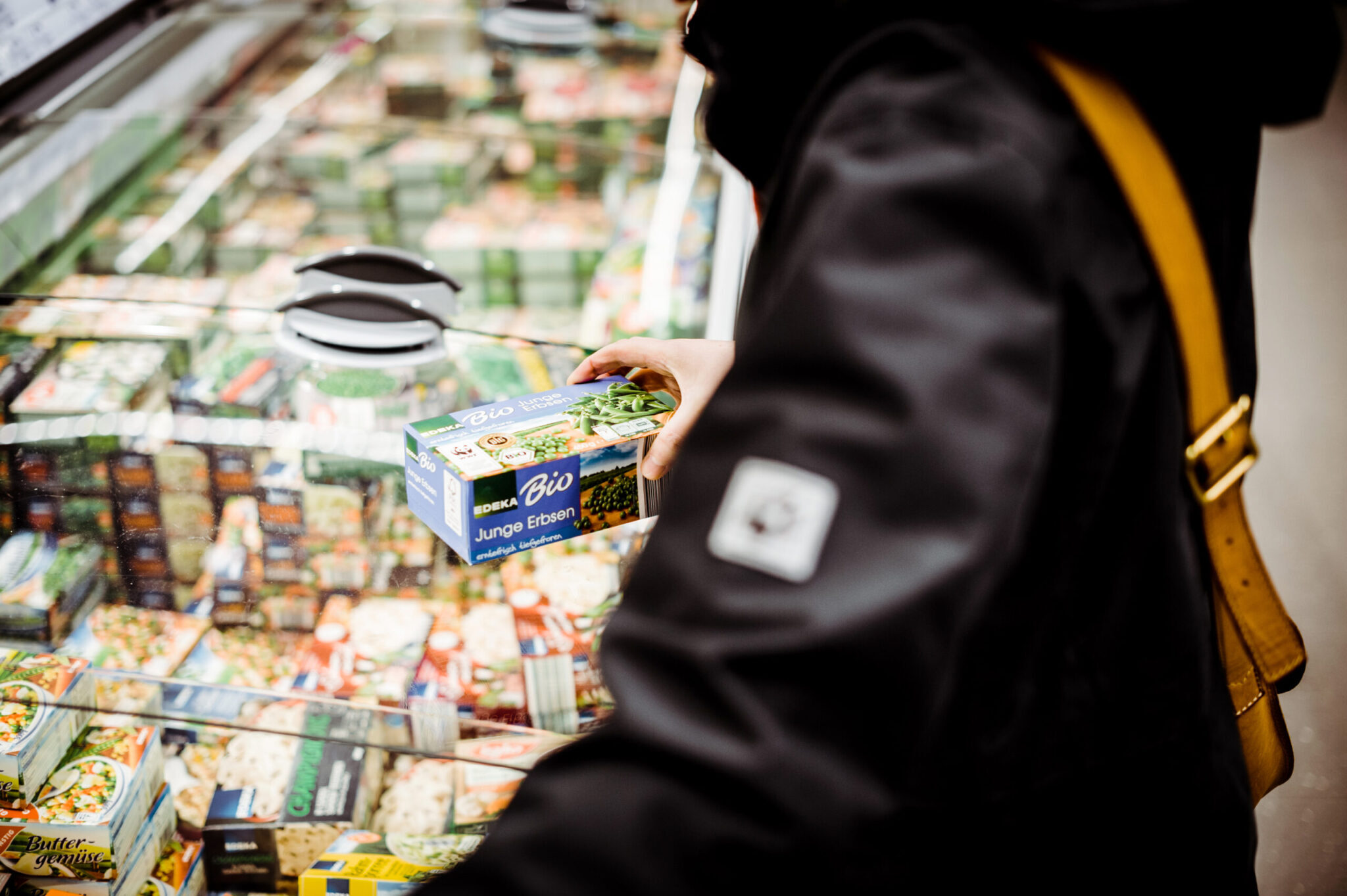Inflation and the increased cost of living are leading to tighter budgets for supermarket purchases among consumers. In addition to increasing demand for retailers’ own brands, the development also has consequences for packaging sizes. Consumers are increasingly opting either for smaller product quantities because they cost less to begin with, or they are going straight for the XXL pack in the hope that they will get off cheaper that way. Increasing cost awareness, reduced consumption and less waste behavior also have a fundamental influence on the packaging industry. After all, there is a lot of borrowed growth in packaging that comes from good times. When money becomes scarcer, consumption falls – and with it the need for packaging.
According to an analysis by Global Data, brands will have to find new ways to improve the price-performance ratio of their products. This is because rising inflation means that consumers have to make a fundamental decision: either they buy cheaper product alternatives or they continue (and increasingly) to pay attention to the quality of the items in order to get better value for money.
Private label
According to Global Data, demand for private label products is already increasing as a result of lower disposable income. In dairy products, for example, 30 percent of consumers worldwide say they usually buy private label.
High-priced products are therefore in danger of disappearing from the shelves if consumers’ preference for private labels and cheaper brand alternatives continues to grow.
Polarization
This development is leading to polarization in the market. This is because brands are reacting by either increasing the size of packages or product quantities in order to appeal to bulk buyers. Or they are reducing the size of the packages in order to be able to offer a lower price. Global Data predicts:
- Volumes of larger pack sizes, from 3001 to 5000 g/ml, will grow at a rate of 4.3 percent per year through 2025, outpacing smaller pack sizes.
- Overall, however, smaller pack sizes will continue to dominate the consumer packaging market.
- In the longer term, the increase in both shrink and larger pack sizes will lead to further polarization of pack sizes in many product categories, with standard medium packs being the most affected.
Either, or?
Of course, Global Data’s analysis hits a point when, in light of inflation and increased cost of living, it sees brands under pressure to improve the price-performance ratio of their products.
The decline of medium packaging sizes due to the polarization towards small packaging with a small price and very large packaging with a better price-performance ratio also seems logical.
Both!
Basically, however, both developments are based on the same situation: When consumers have to save, they become more consumption-conscious. They recycle better, throw away less, cook more themselves and curtail the quantity of their consumption. All this has a direct impact on the packaging industry.
That’s because there’s a lot of borrowed growth in the packaging business from the good times. When consumers’ money gets tighter and consumption falls, the demand for packaging will also fall accordingly.

